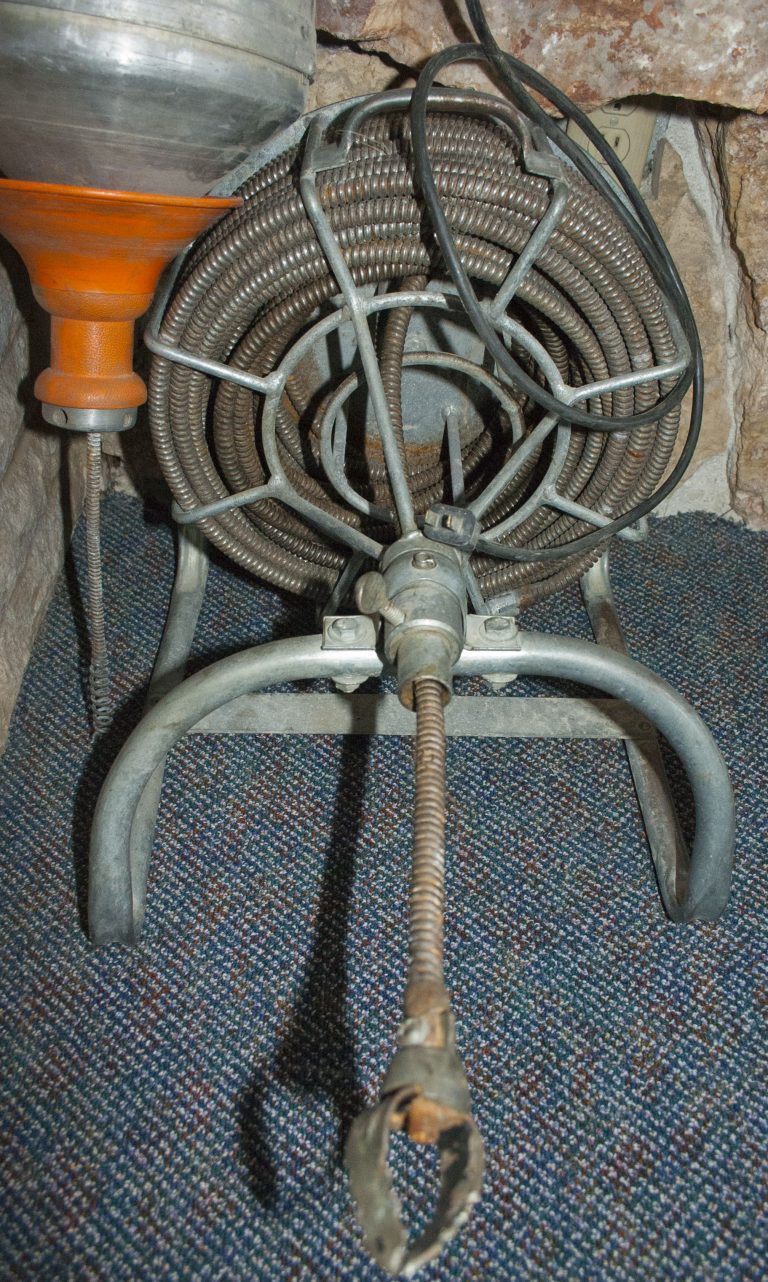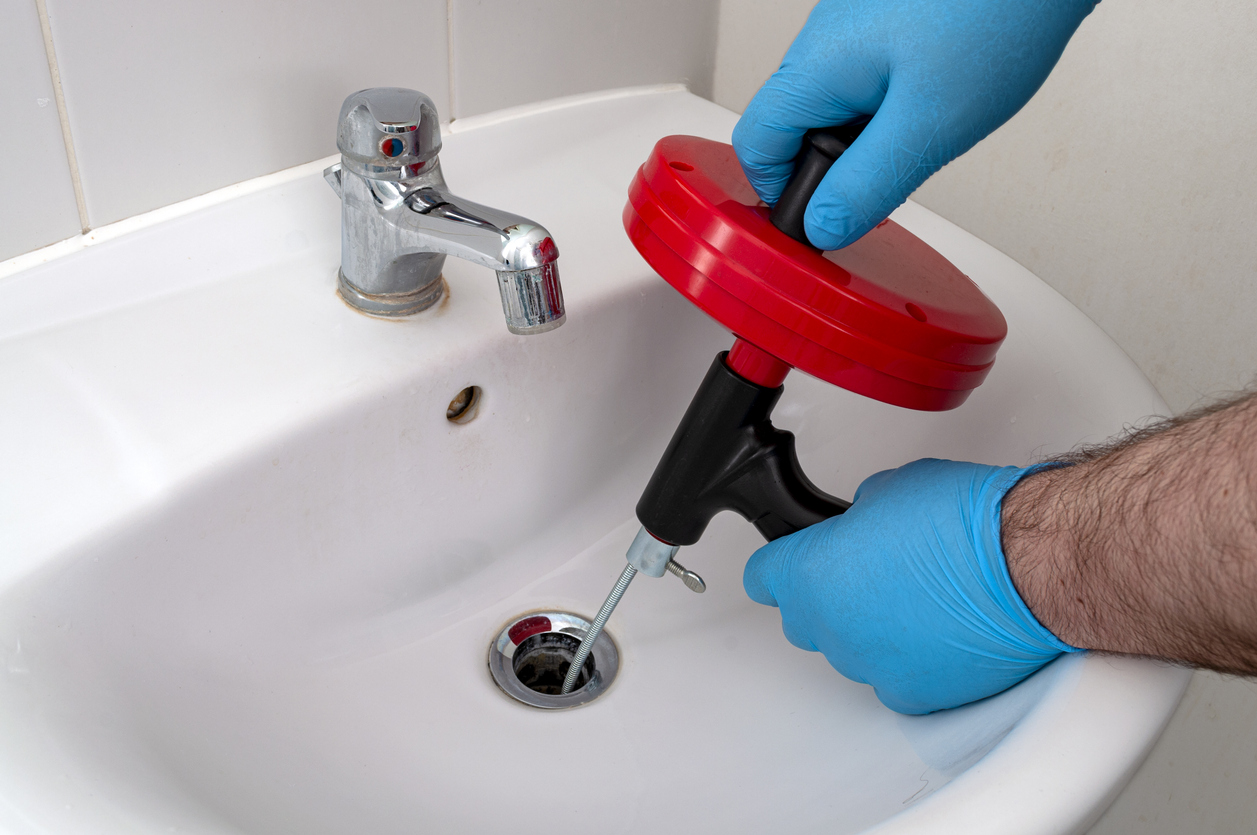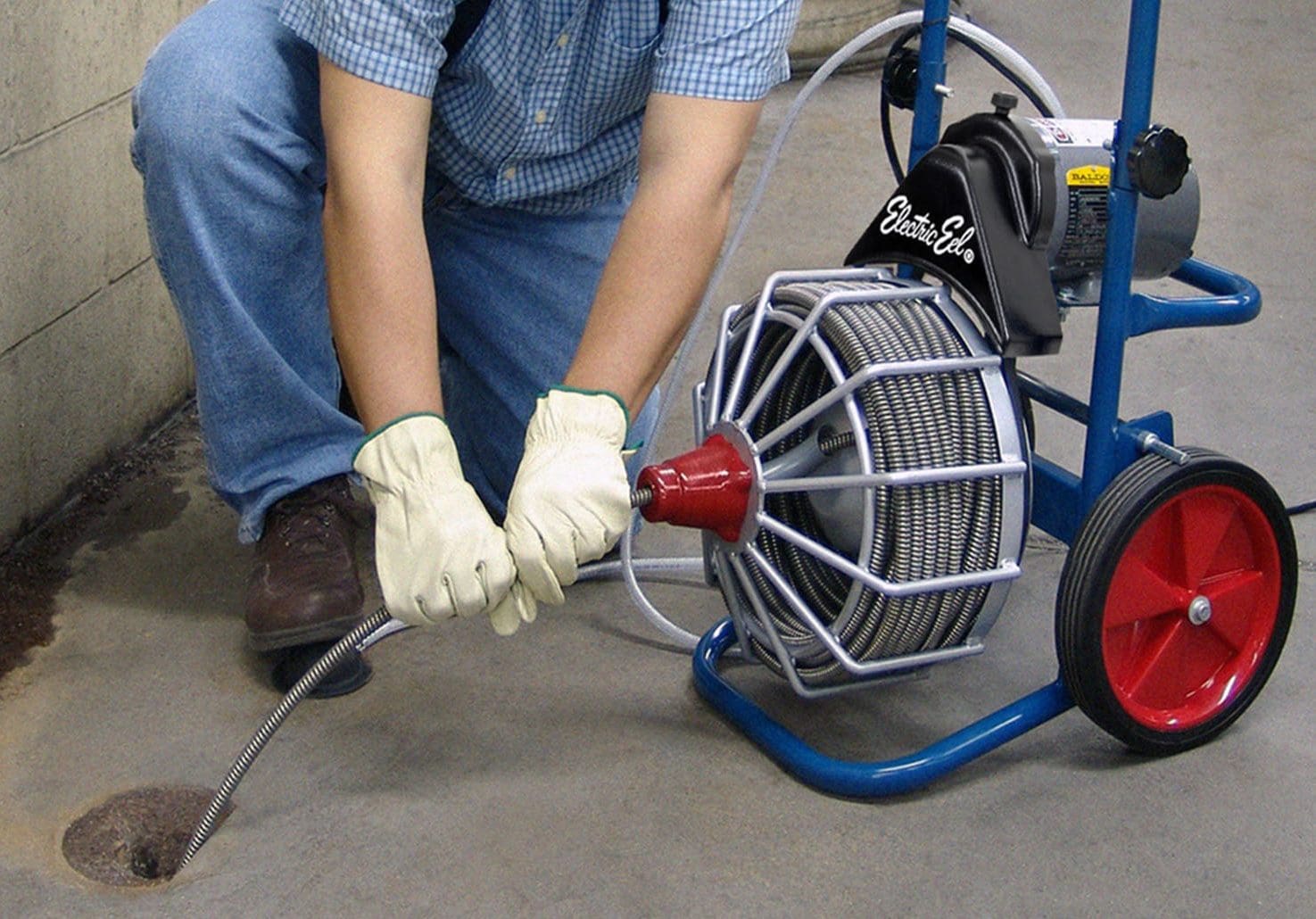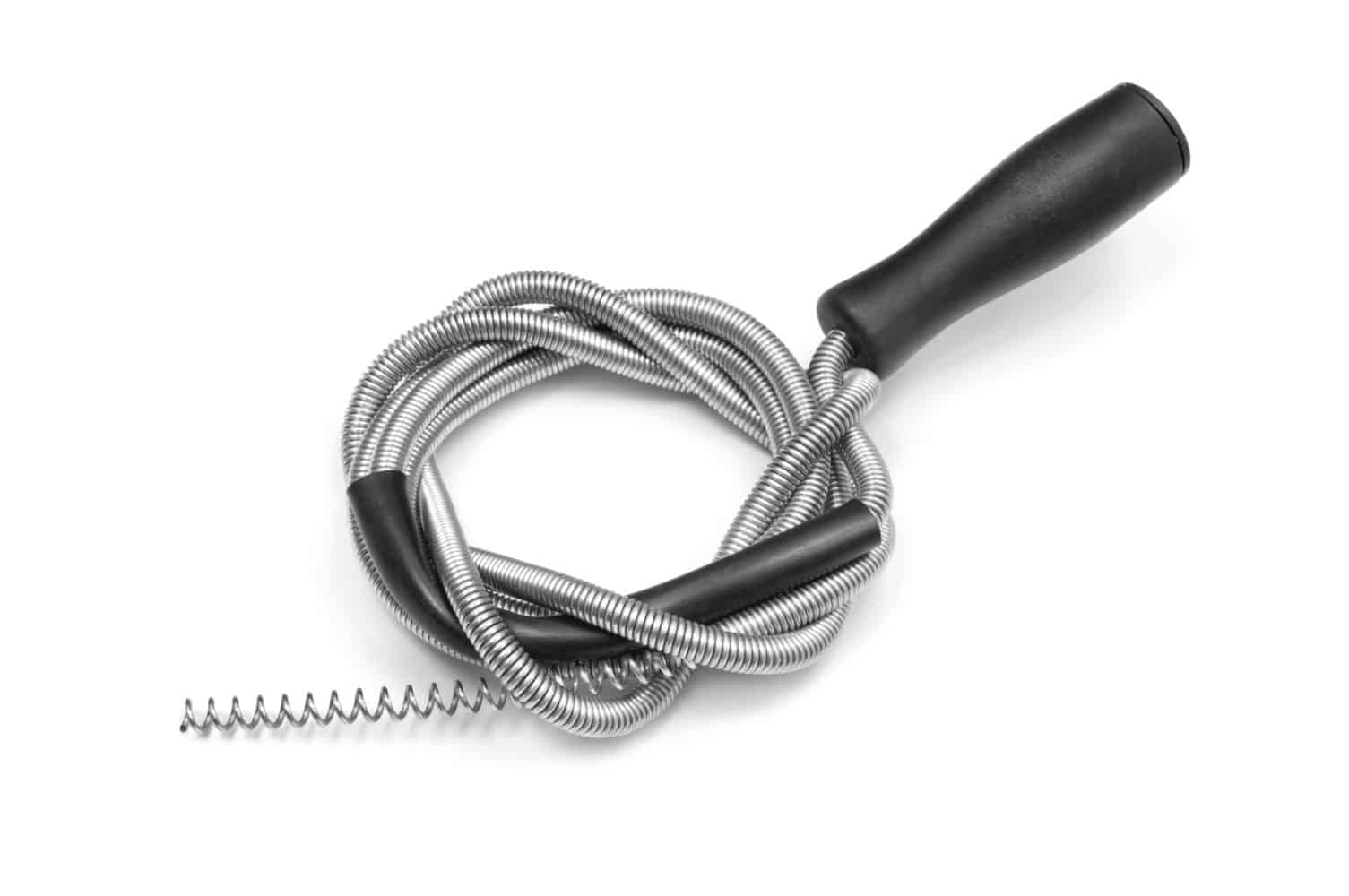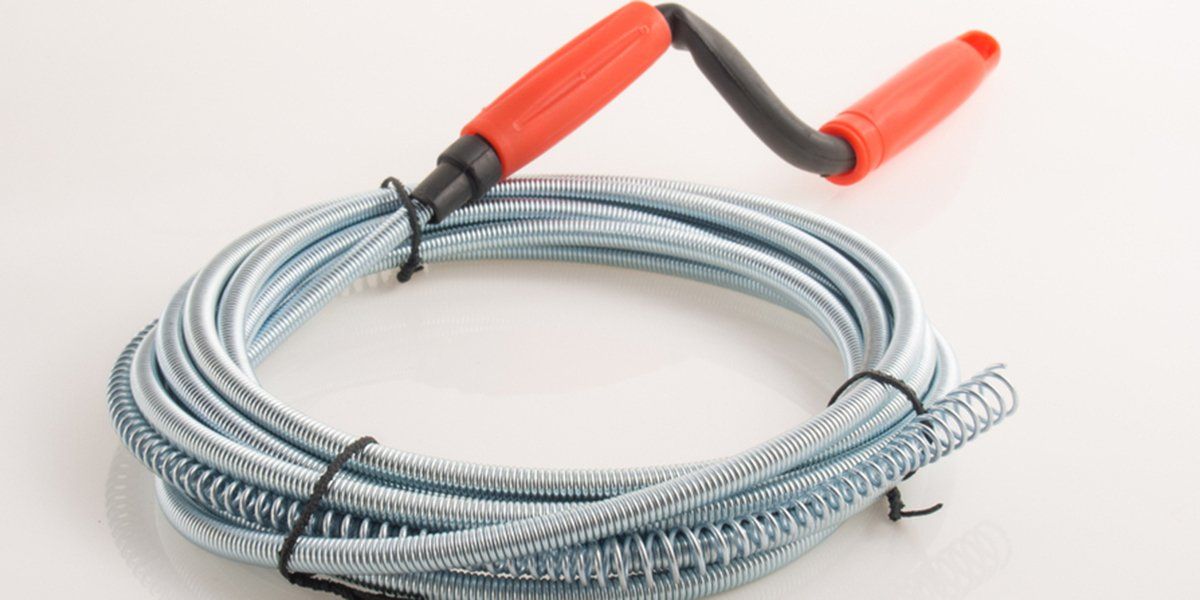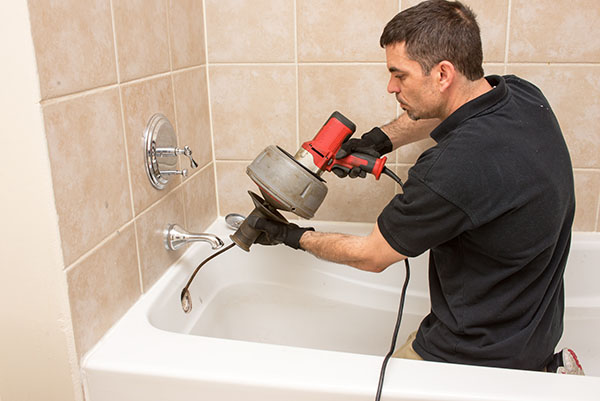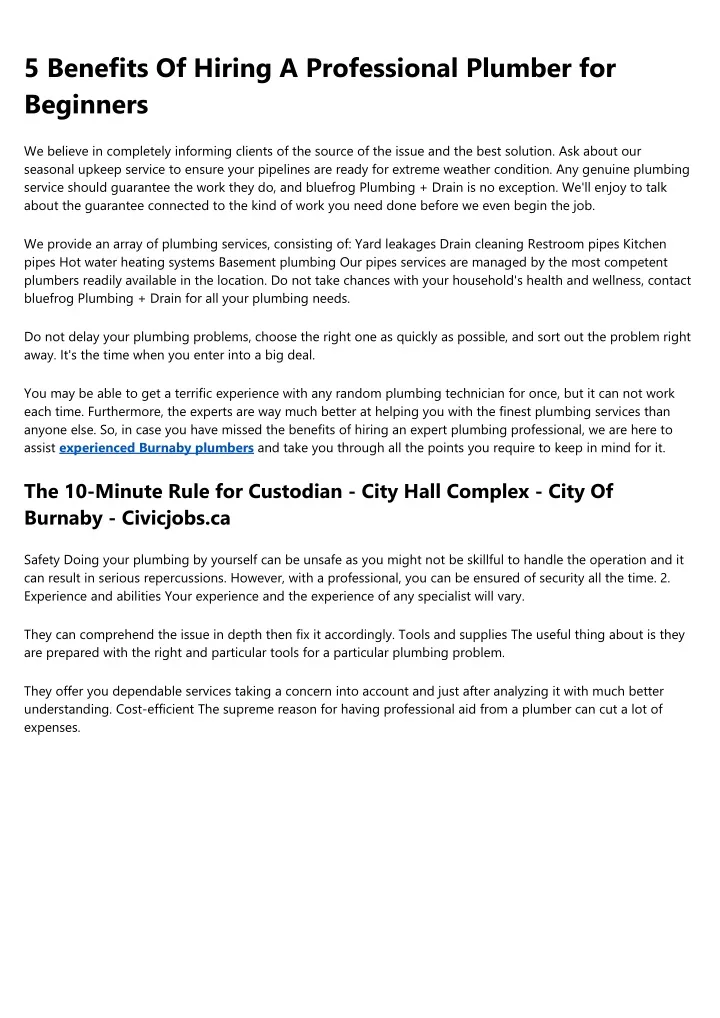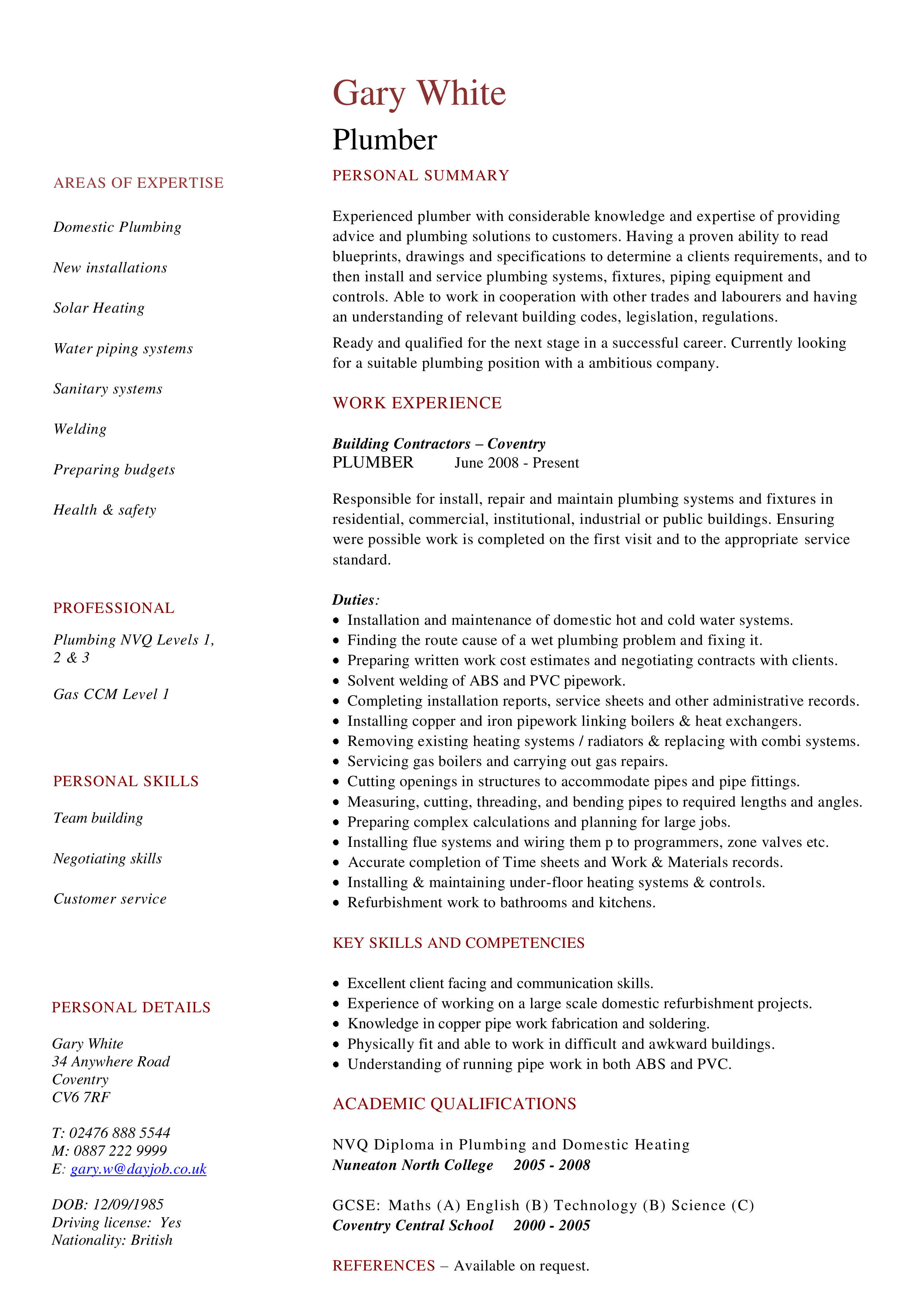If you have a clogged kitchen sink with standing water, the first thing you should try is using a plunger. This trusty tool is designed to help unclog drains by creating suction and pushing air and water through the pipes. Simply fill the sink with a few inches of water, place the plunger over the drain, and pump up and down vigorously. This should help dislodge any debris or blockage that is causing the clog.1. Use a plunger
If the plunger doesn't do the trick, you can try pouring boiling water down the drain. This can help dissolve any grease or soap buildup that may be causing the clog. Boil a large pot of water and carefully pour it down the drain in 2-3 stages, giving it a few seconds to work its magic in between pours. Be careful not to burn yourself in the process.2. Pour boiling water down the drain
This popular DIY solution for unclogging drains can also work wonders for a clogged kitchen sink. Start by pouring 1 cup of baking soda down the drain, followed by 1 cup of vinegar. The mixture will create a chemical reaction that can help break down and dislodge any debris or buildup. Let it sit for 15-20 minutes, then flush with hot water.3. Use a mixture of baking soda and vinegar
If the clog is still stubborn, it's time to bring out the big guns. A drain snake, also known as a plumbing auger, is a long, flexible tool that can reach deep into your pipes to remove blockages. Feed the snake into the drain and turn the handle to break through and remove any debris. This may take a few tries, but it can be an effective solution for tough clogs.4. Try a drain snake
If you're not afraid of using harsh chemicals, you can try a commercial drain cleaner to unclog your kitchen sink. These cleaners contain strong chemicals that can dissolve and break down clogs, but they can also damage your pipes if used incorrectly. Be sure to follow the instructions carefully and use gloves and eye protection when handling these cleaners.5. Use a chemical drain cleaner
The P-trap, or U-shaped pipe under your sink, can often be the culprit of a clogged kitchen sink. To clean it out, place a bucket under the trap to catch any water, then unscrew the fittings and remove the trap. Clean it out with a wire brush or remove any debris before reattaching it. This method can be messy, so be prepared with towels and gloves.6. Remove and clean the P-trap
If you have a wet/dry vacuum, you can try using it to suck out the clog from your kitchen sink drain. First, remove any standing water from the sink. Then, place the vacuum over the drain and create a seal. Turn it on and let it run for a few minutes to see if it can pull out the clog. This method may not work for all types of clogs, but it's worth a try.7. Use a wet/dry vacuum
If you prefer a more natural approach, you can make your own drain cleaner with a mixture of salt and baking soda. Start by pouring 1/2 cup of salt down the drain, followed by 1/2 cup of baking soda. Let it sit for a few minutes, then pour 1 cup of hot water down the drain. The abrasive nature of the salt and baking soda can help break down and remove clogs.8. Try a homemade drain cleaner with salt and baking soda
If a regular drain snake isn't doing the trick, you may need to use a larger, motorized plumbing snake. These are available for rent at most hardware stores and can be used to reach deep into your pipes to remove tough clogs. Be sure to follow the instructions carefully and use proper safety precautions when operating a plumbing snake.9. Use a plumbing snake
If all else fails, it's time to call in the professionals. A licensed plumber will have the equipment and expertise to properly diagnose and unclog your kitchen sink. They can also identify any underlying issues that may be causing frequent clogs and provide a long-term solution. While it may be a bit more costly, it's worth it to have a functioning kitchen sink again. Don't let a clogged kitchen sink ruin your day. With these 10 methods, you can unclog your sink and get back to your daily routine in no time.10. Call a professional plumber
Why Does My Kitchen Sink Keep Getting Clogged?

Possible Causes of a Clogged Kitchen Sink
 There are several reasons why your kitchen sink may become clogged, ranging from minor issues to more serious plumbing problems. Some of the most common causes include:
- Food debris and grease buildup: Over time, food particles, cooking oils, and grease can accumulate in your sink's pipes, leading to blockages.
- Foreign objects: Items such as utensils, straws, and paper towels can accidentally get thrown down the drain and cause clogs.
- Tree roots: If you have trees or shrubs planted near your home, their roots may grow into your pipes and cause obstructions.
- Pipe damage: Cracked or broken pipes can lead to clogs as debris and sediment can get trapped in the damaged areas.
There are several reasons why your kitchen sink may become clogged, ranging from minor issues to more serious plumbing problems. Some of the most common causes include:
- Food debris and grease buildup: Over time, food particles, cooking oils, and grease can accumulate in your sink's pipes, leading to blockages.
- Foreign objects: Items such as utensils, straws, and paper towels can accidentally get thrown down the drain and cause clogs.
- Tree roots: If you have trees or shrubs planted near your home, their roots may grow into your pipes and cause obstructions.
- Pipe damage: Cracked or broken pipes can lead to clogs as debris and sediment can get trapped in the damaged areas.
How to Unclog a Kitchen Sink with Standing Water
 If your kitchen sink is currently clogged and has standing water, there are a few methods you can try to clear the blockage.
One of the most effective ways is to use a plunger
. Fill the sink with enough water to cover the rubber portion of the plunger and place it over the drain.
Make sure to seal the edges of the plunger to create a vacuum
. Then, push and pull the plunger up and down vigorously to dislodge the clog.
If the plunger doesn't work, you can try a mixture of baking soda and vinegar
. Pour 1/2 cup of baking soda down the drain, followed by 1/2 cup of vinegar.
Allow the mixture to sit for 15 minutes before pouring hot water down the drain
. The chemical reaction between the baking soda and vinegar can help break up the clog and clear the drain.
If your kitchen sink is currently clogged and has standing water, there are a few methods you can try to clear the blockage.
One of the most effective ways is to use a plunger
. Fill the sink with enough water to cover the rubber portion of the plunger and place it over the drain.
Make sure to seal the edges of the plunger to create a vacuum
. Then, push and pull the plunger up and down vigorously to dislodge the clog.
If the plunger doesn't work, you can try a mixture of baking soda and vinegar
. Pour 1/2 cup of baking soda down the drain, followed by 1/2 cup of vinegar.
Allow the mixture to sit for 15 minutes before pouring hot water down the drain
. The chemical reaction between the baking soda and vinegar can help break up the clog and clear the drain.
Preventing Future Clogs
 Once you've successfully unclogged your kitchen sink,
there are some steps you can take to prevent future clogs
.
Avoid pouring grease, oil, and food scraps down the drain
and
use a drain strainer to catch any small particles
. Regularly clean your sink's pipes with a mixture of baking soda and vinegar to prevent buildup. Additionally,
avoid planting trees or shrubs near your home's plumbing to prevent root intrusion
.
Once you've successfully unclogged your kitchen sink,
there are some steps you can take to prevent future clogs
.
Avoid pouring grease, oil, and food scraps down the drain
and
use a drain strainer to catch any small particles
. Regularly clean your sink's pipes with a mixture of baking soda and vinegar to prevent buildup. Additionally,
avoid planting trees or shrubs near your home's plumbing to prevent root intrusion
.
When to Call a Professional
 If these methods do not work or if you frequently experience clogs in your kitchen sink, it may be a sign of a more serious plumbing issue. In these cases, it's best to
call a professional plumber
to assess the situation and provide a long-term solution. They may need to use specialized tools such as a plumbing snake or hydro jet to clear the clog and prevent future blockages.
In conclusion,
regular maintenance and responsible use of your kitchen sink
can help prevent clogs and keep your plumbing system functioning properly. If you do encounter a clogged sink with standing water,
try using a plunger or a mixture of baking soda and vinegar to clear the blockage
. And if the problem persists,
don't hesitate to seek the help of a professional
to ensure the issue is properly addressed.
If these methods do not work or if you frequently experience clogs in your kitchen sink, it may be a sign of a more serious plumbing issue. In these cases, it's best to
call a professional plumber
to assess the situation and provide a long-term solution. They may need to use specialized tools such as a plumbing snake or hydro jet to clear the clog and prevent future blockages.
In conclusion,
regular maintenance and responsible use of your kitchen sink
can help prevent clogs and keep your plumbing system functioning properly. If you do encounter a clogged sink with standing water,
try using a plunger or a mixture of baking soda and vinegar to clear the blockage
. And if the problem persists,
don't hesitate to seek the help of a professional
to ensure the issue is properly addressed.



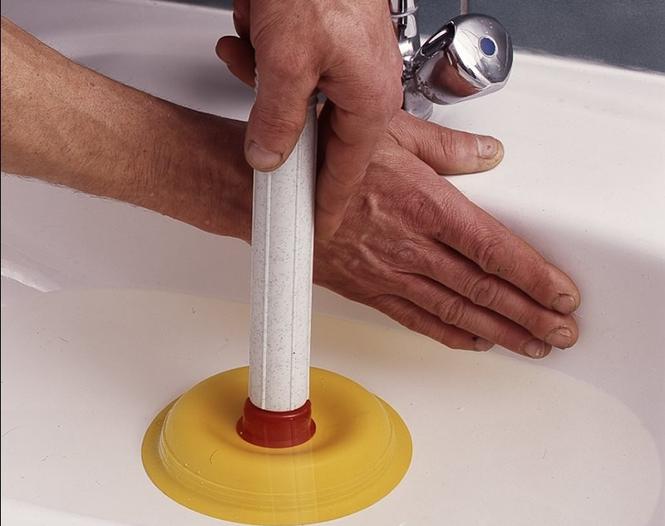
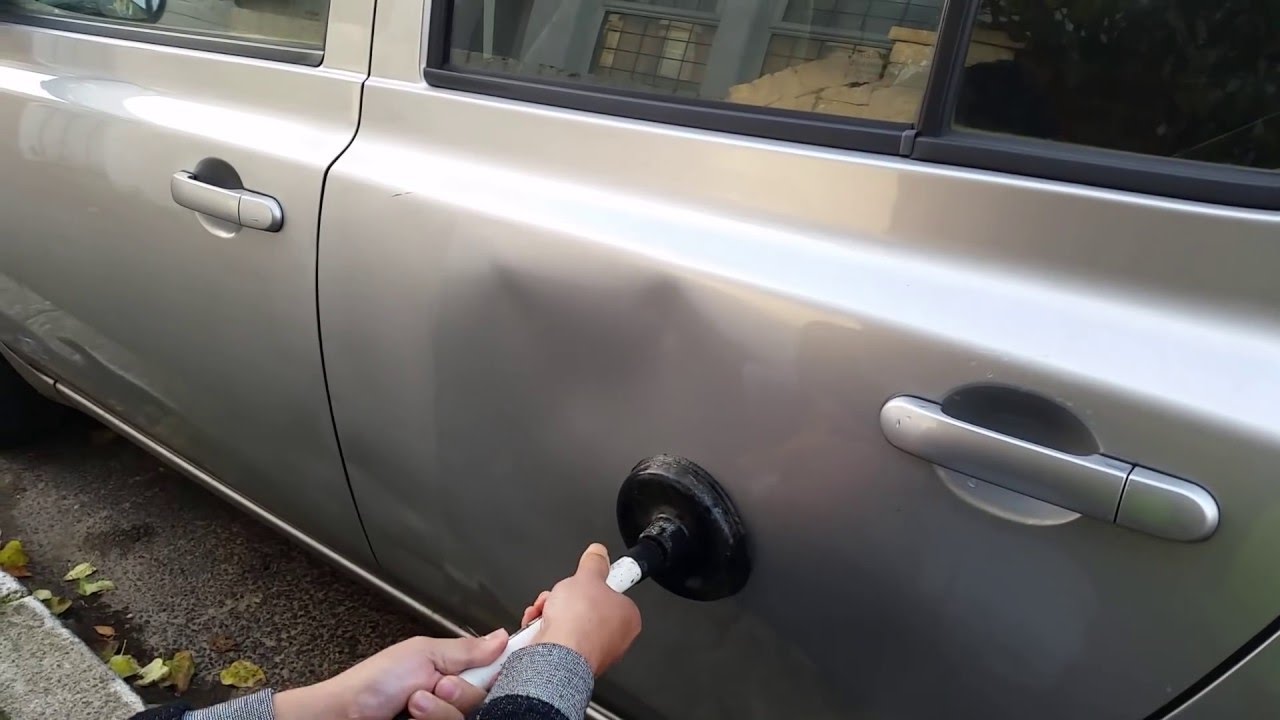





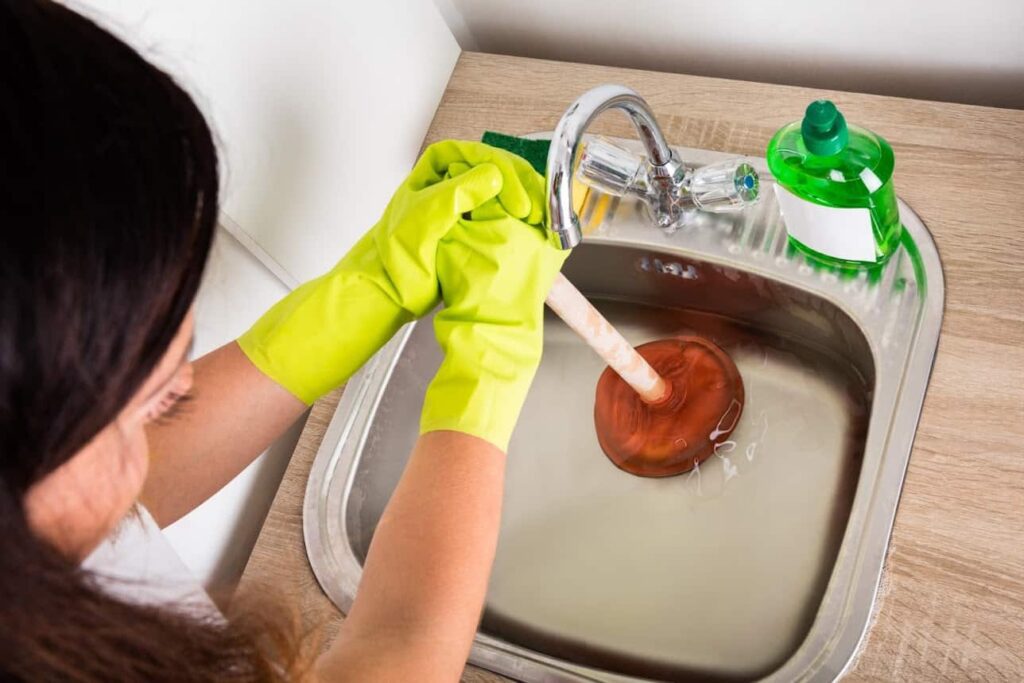






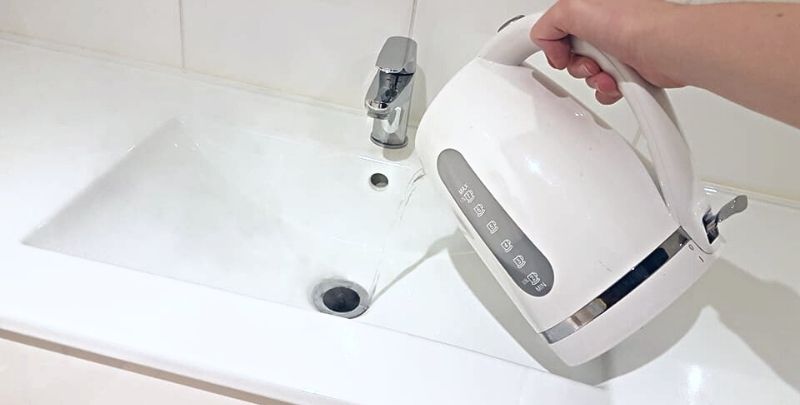
.jpg?time=1689761045394)
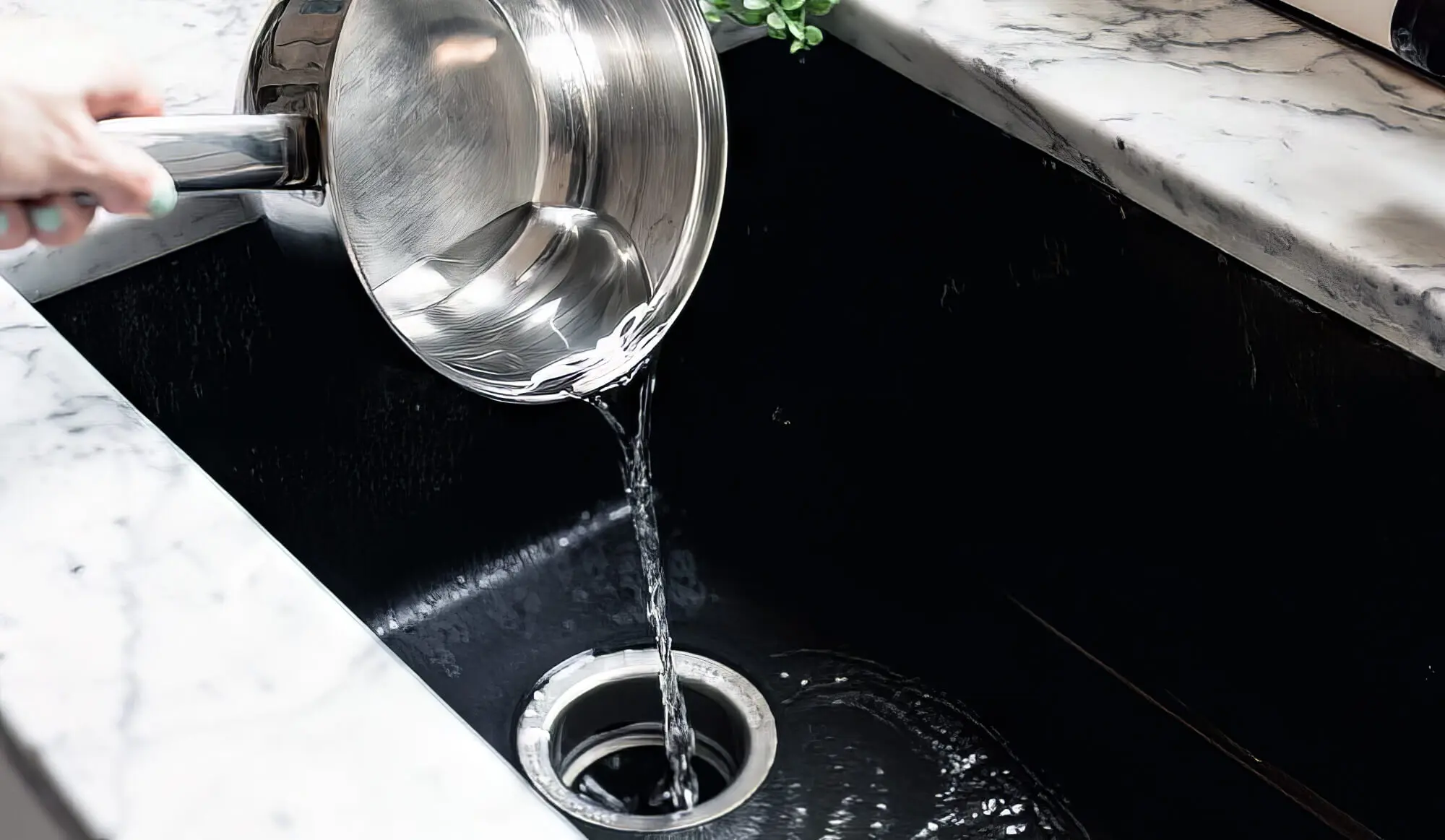


:max_bytes(150000):strip_icc()/GettyImages-1459148353-279aed56a15749c2a7310a882dbe3571.jpg)




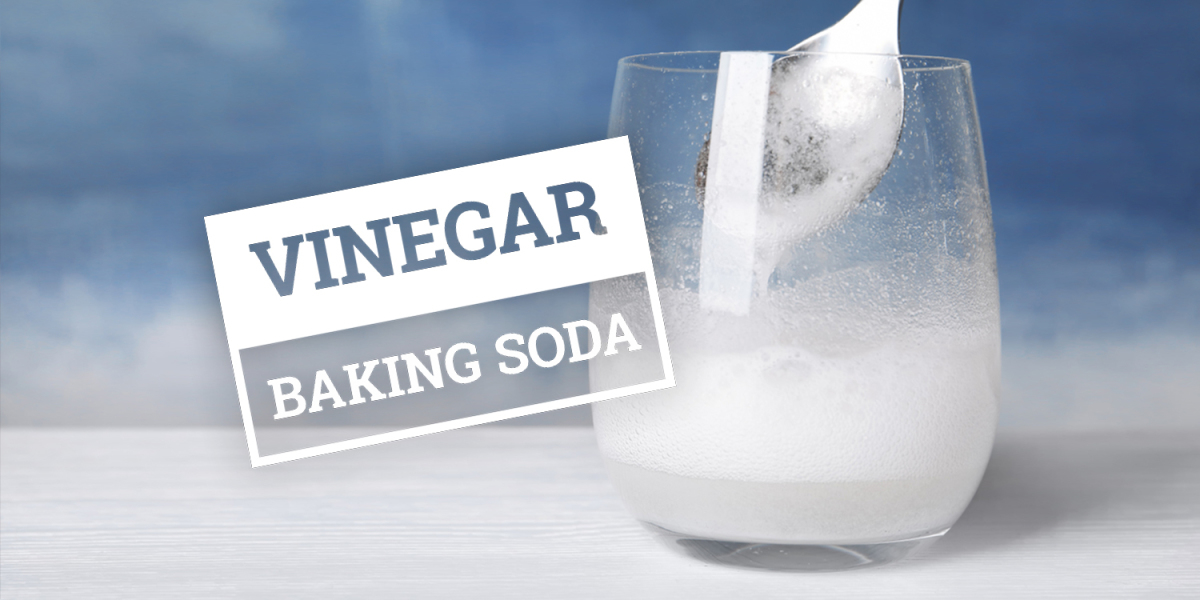





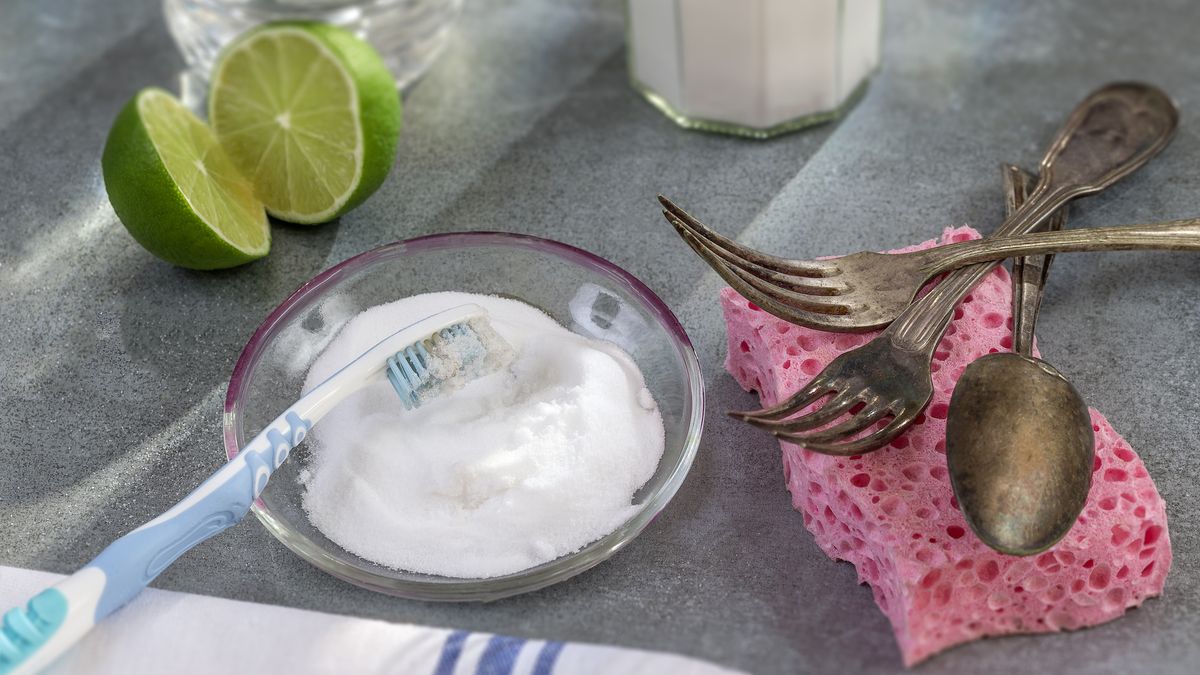
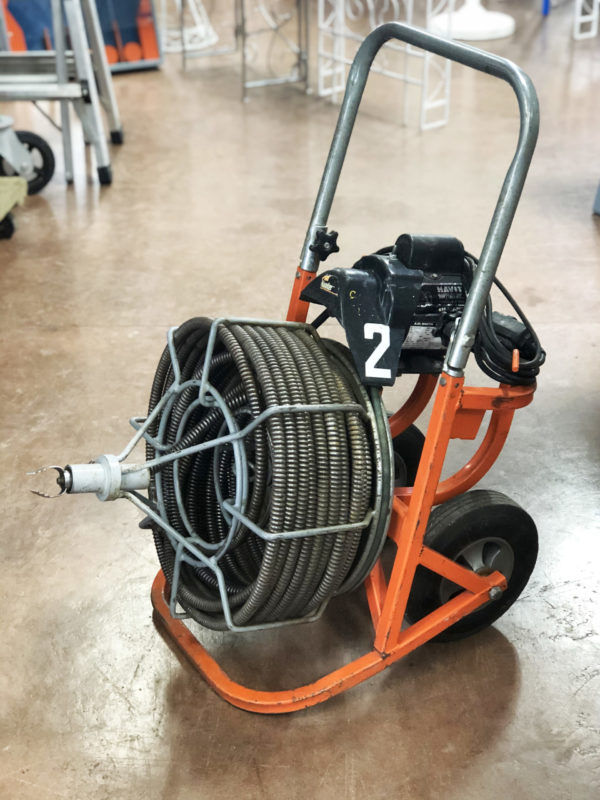






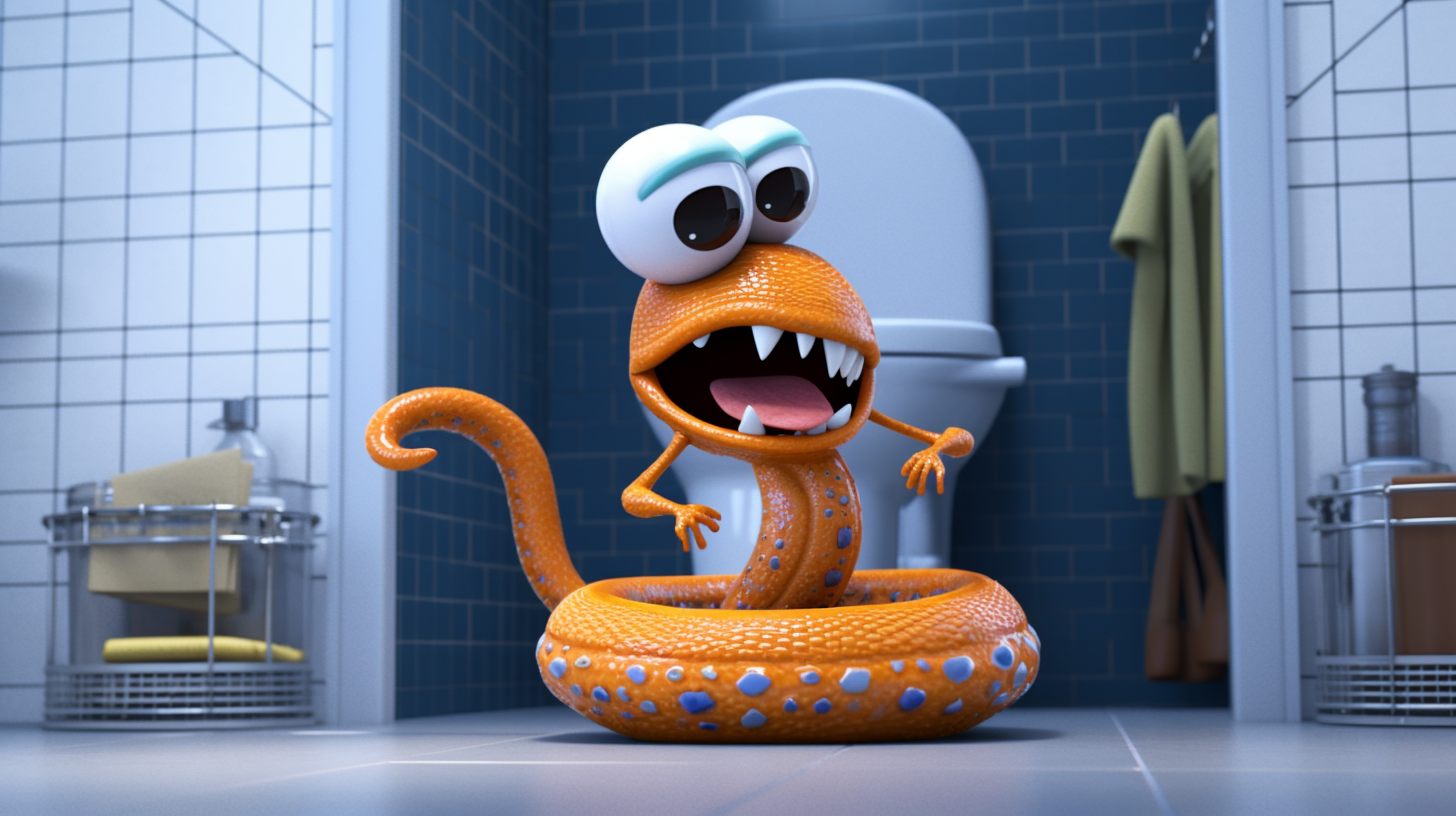
:max_bytes(150000):strip_icc()/Vastar-4-Pack-Drain-Snake-50b0e77281b244e386d046ca25ba76b6.jpg)

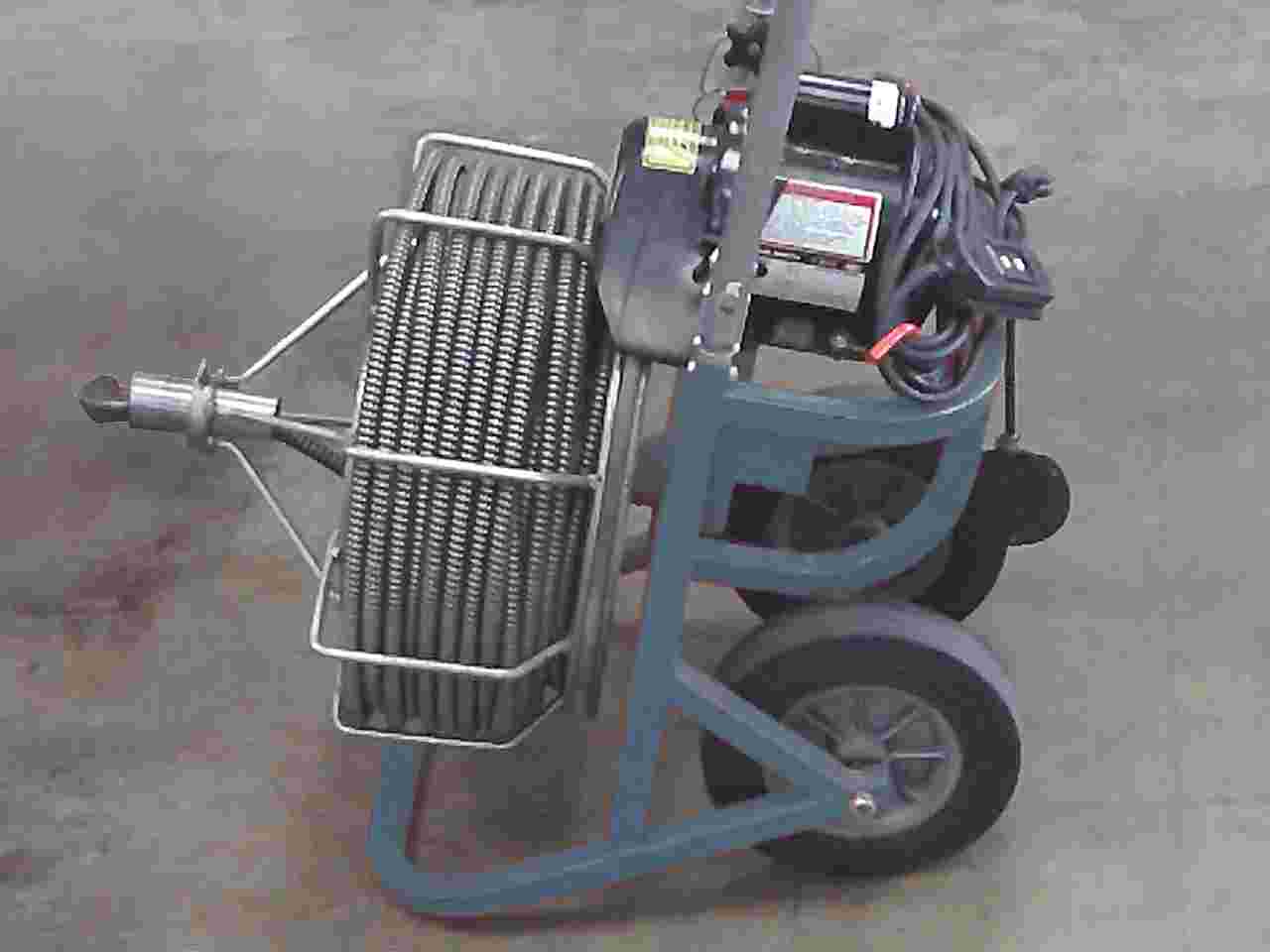


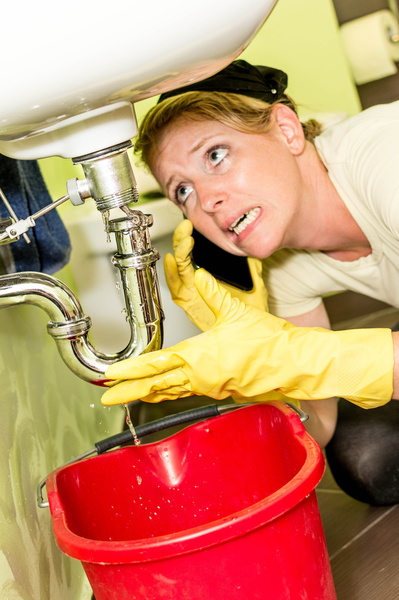





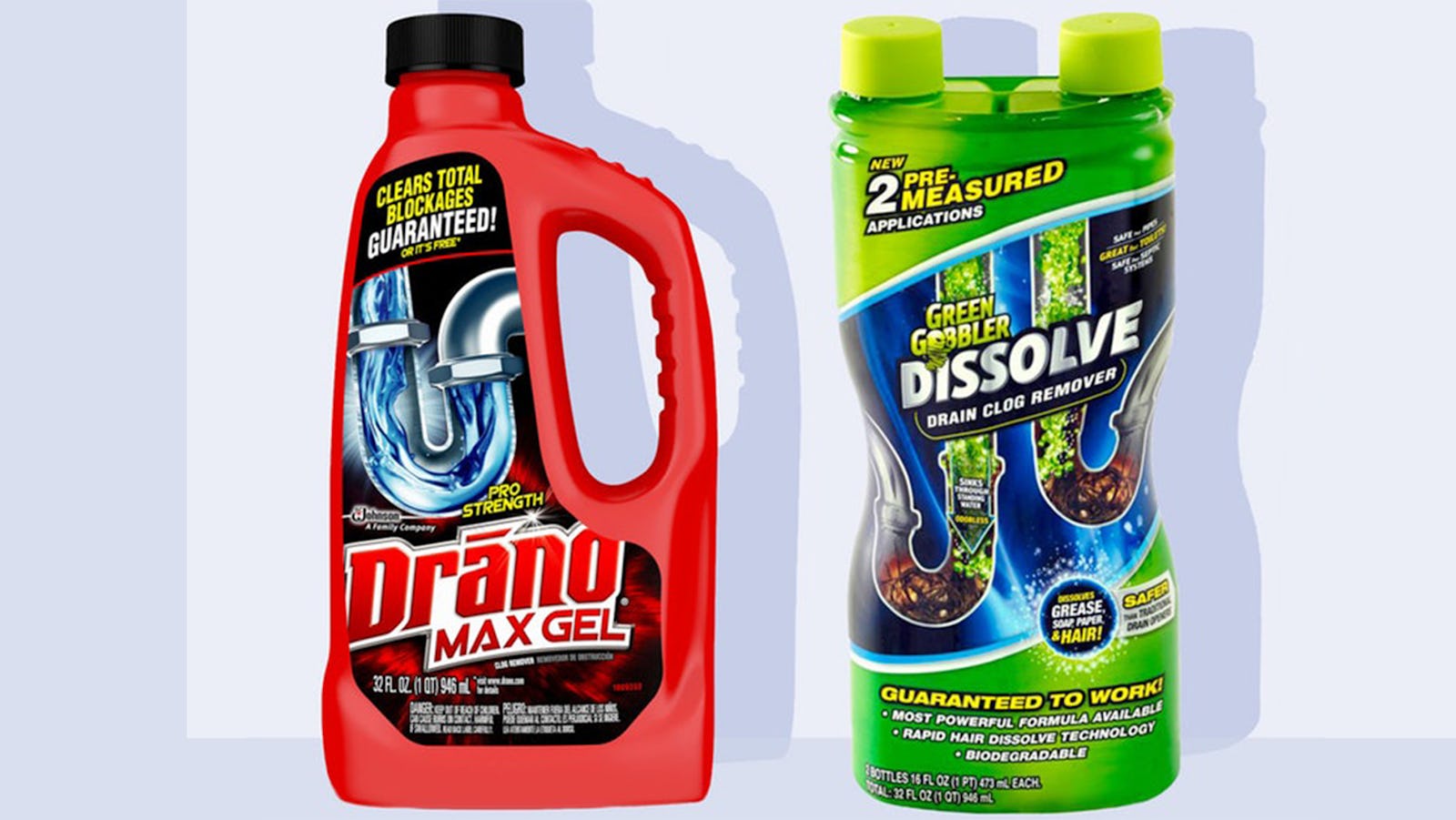
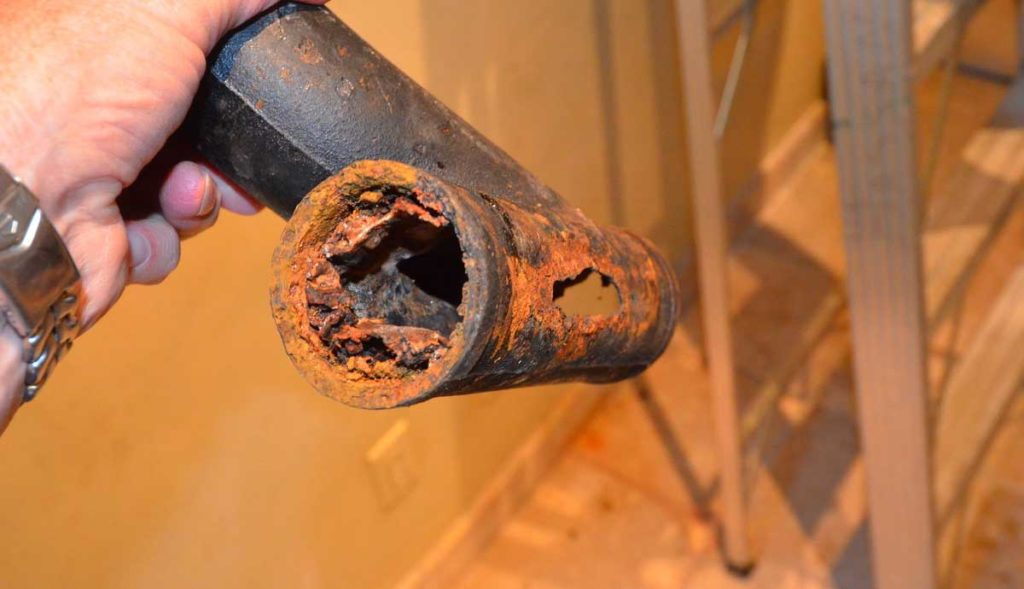


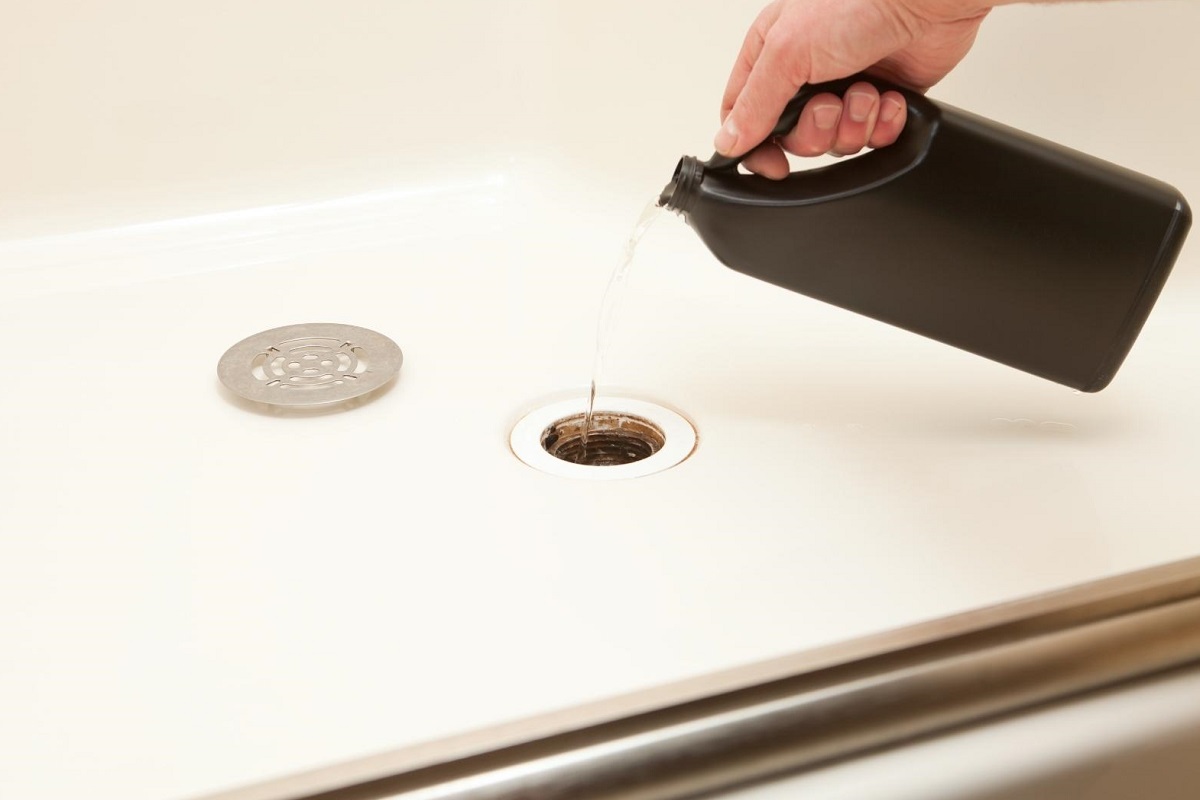


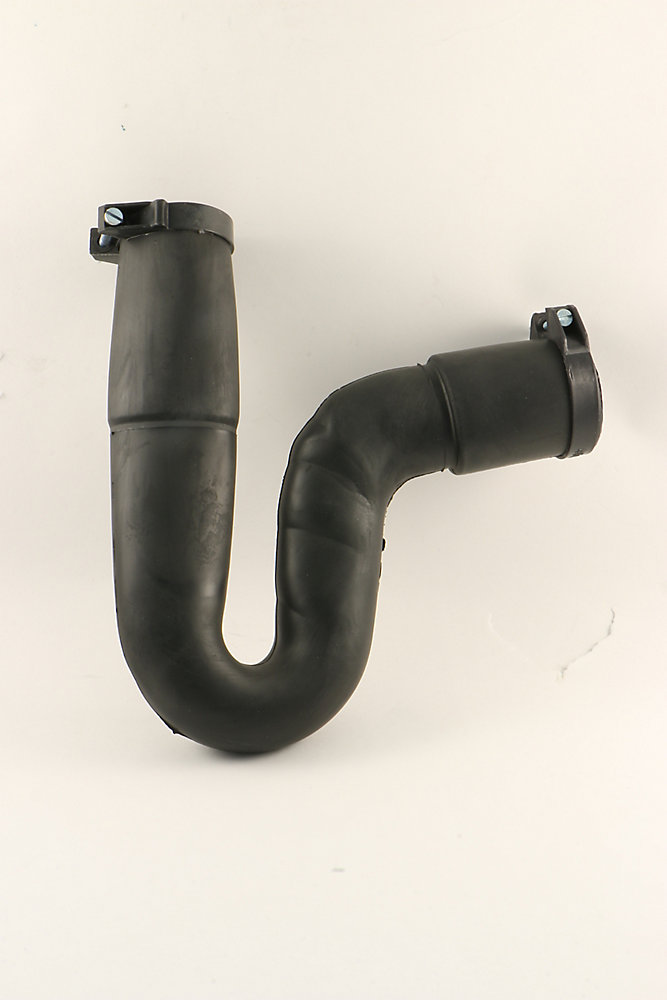





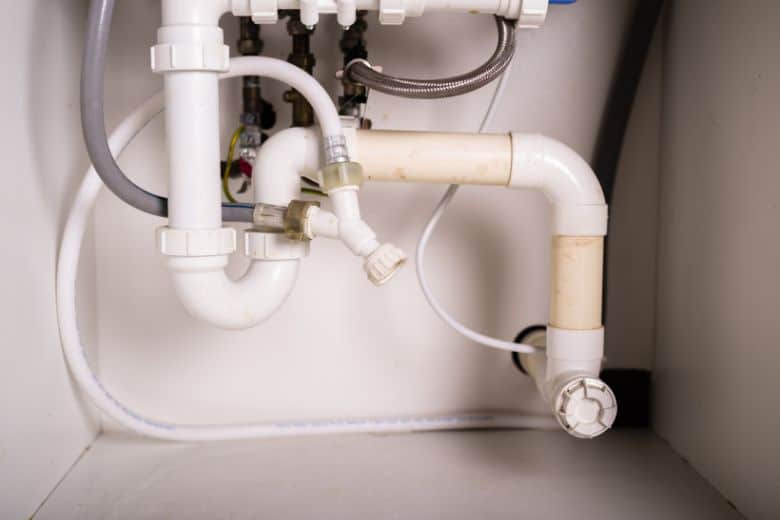






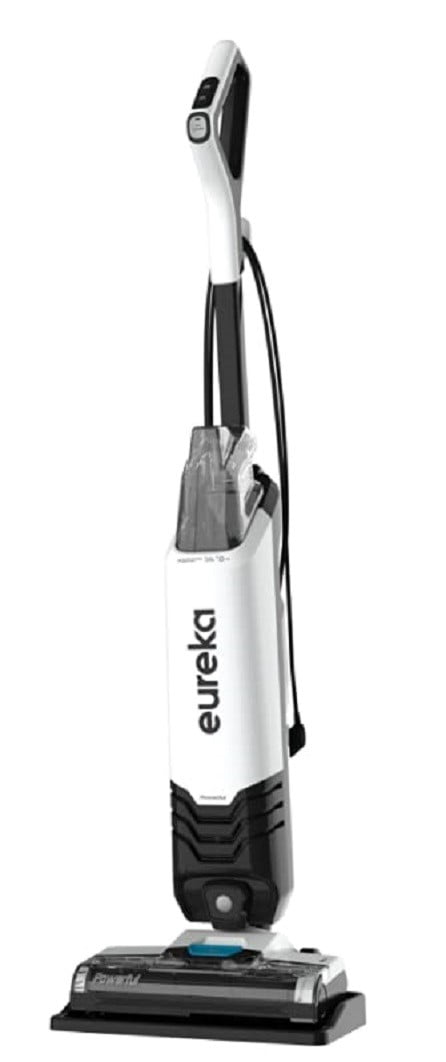
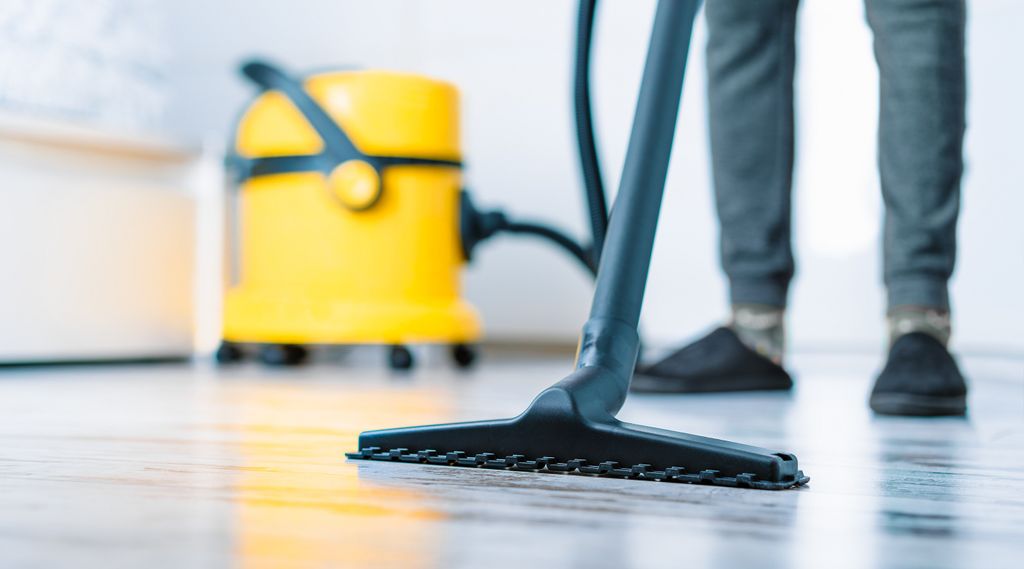


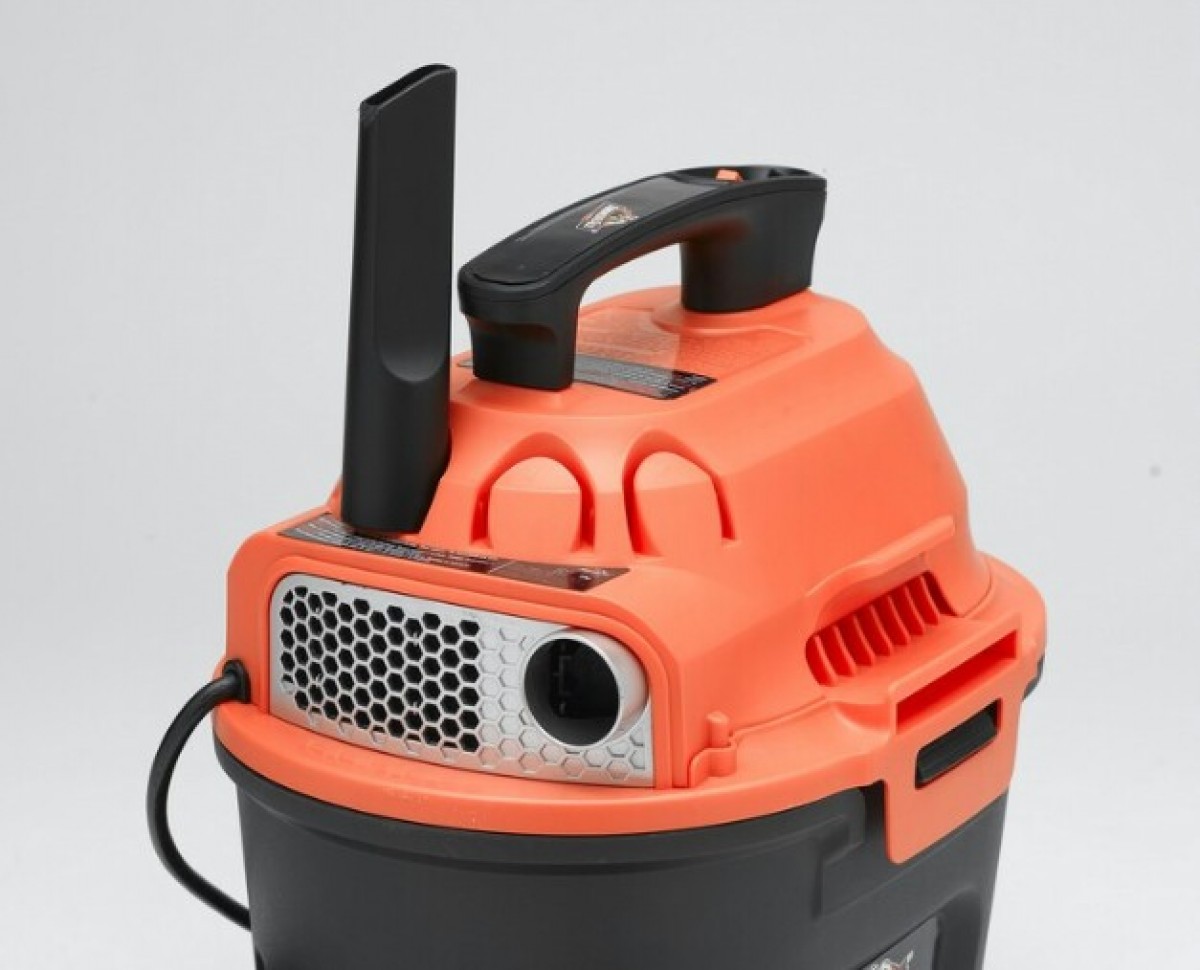



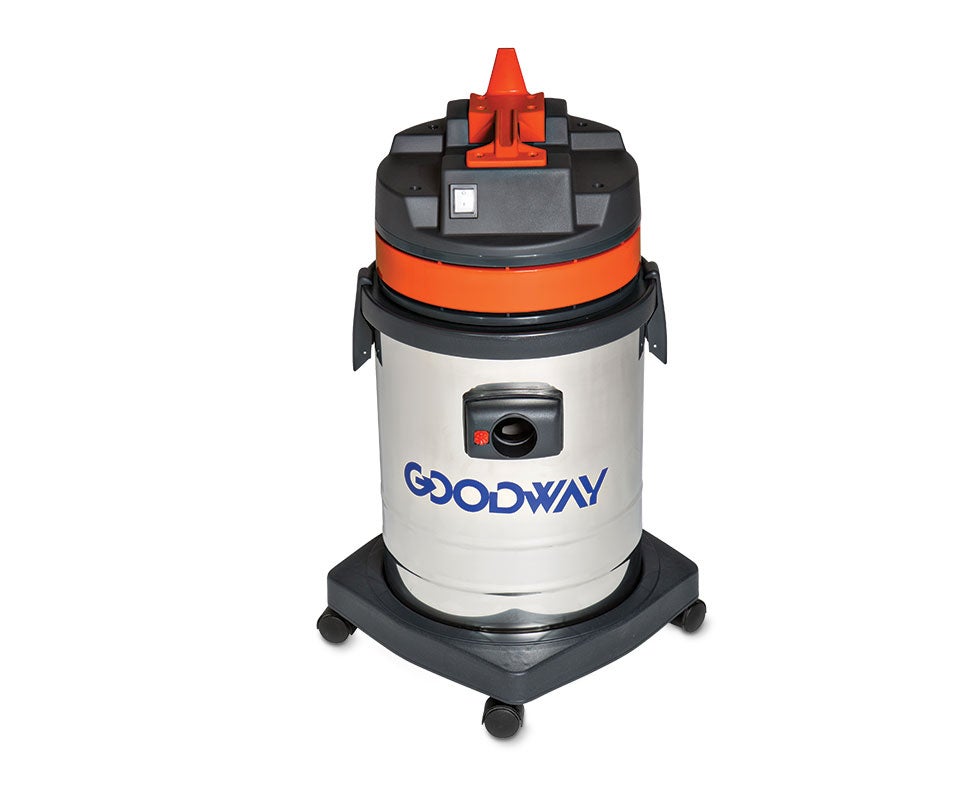


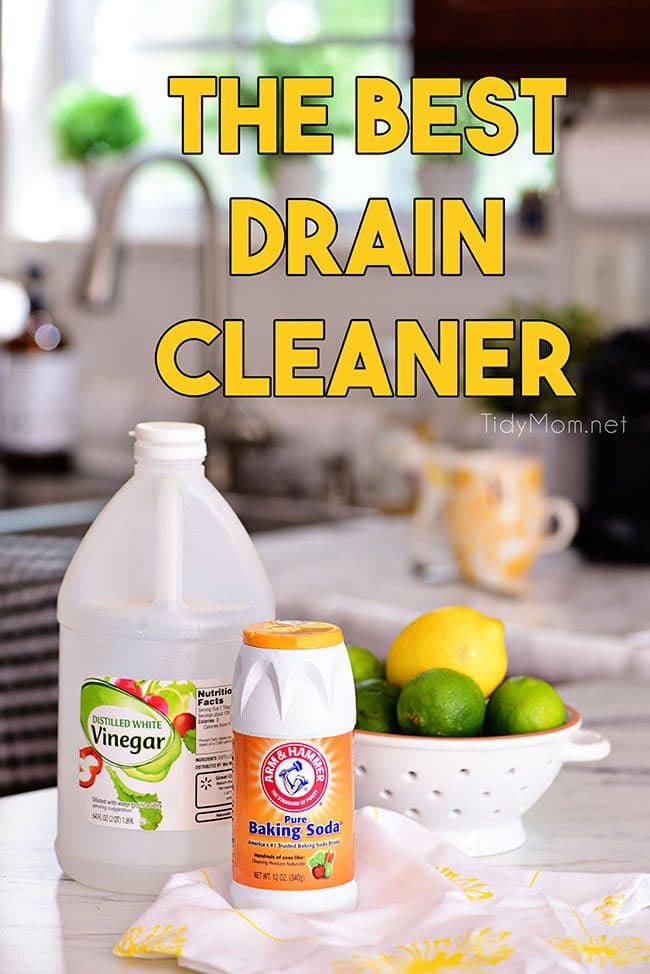





:max_bytes(150000):strip_icc()/freshen-and-unclog-drain-with-baking-soda-1900466-18-1a5b5da01939471ca8f8823865bd1ce8.jpg)
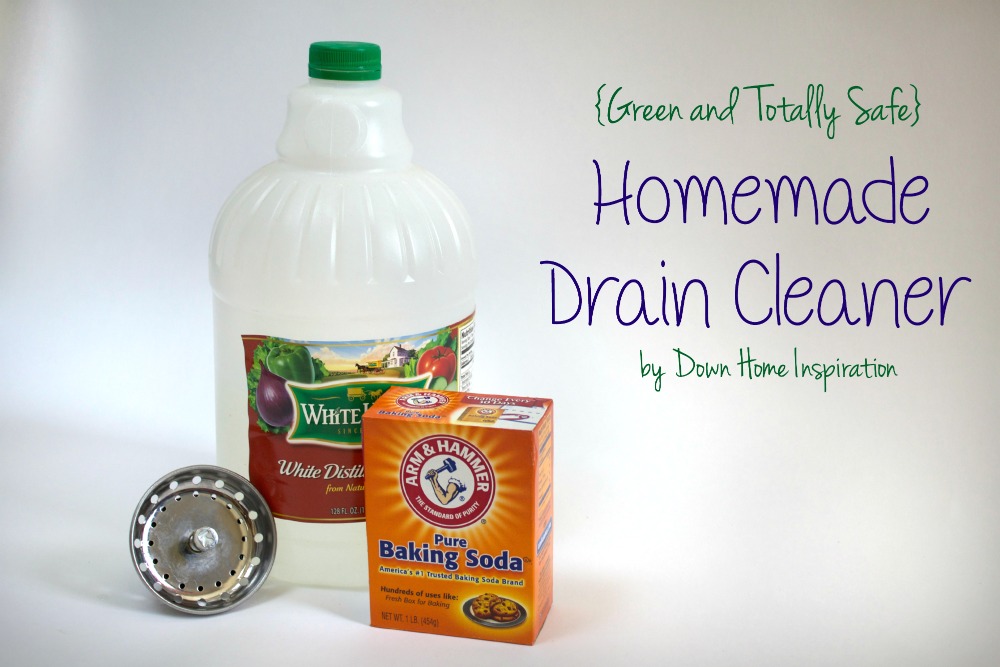


:max_bytes(150000):strip_icc()/freshen-and-unclog-drain-with-baking-soda-1900466-15-166f69a0d4ee4cad85a0f221bf3fdcd0.jpg)
:max_bytes(150000):strip_icc()/freshen-and-unclog-drain-with-baking-soda-1900466-17-20179d73b7a2455797ebc6a5f5bf7479.jpg)



